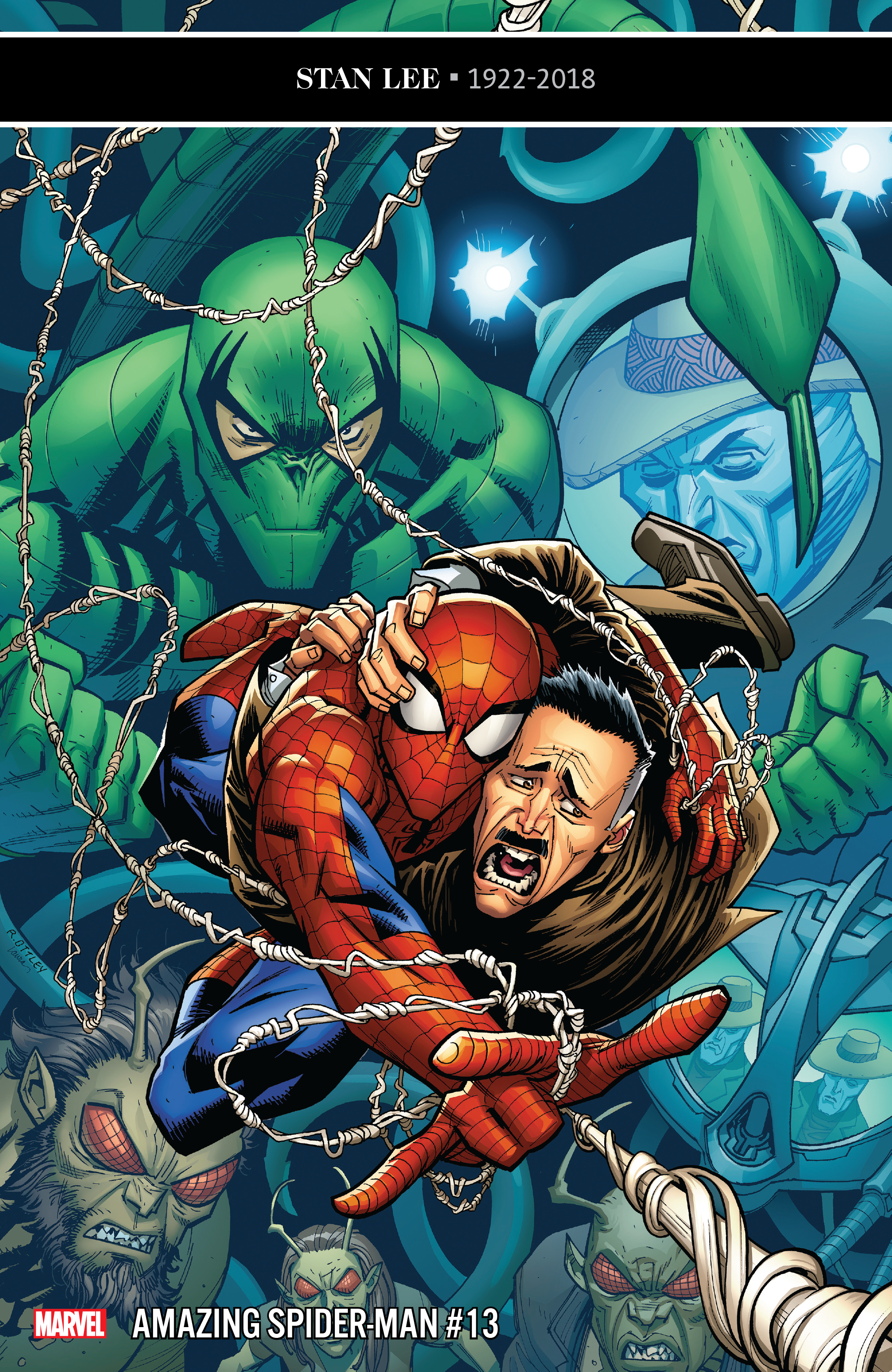REVIEW: These Savage Shores #3 is a beautiful comic brimming with big moments
These Savage Shores #3 is out 2/6/2019.
By Zack Quaintance — Through its first two issues, a central question of These Savage Shores has been what it means to be civilized, and whether false notions of civilization have long been used by imperialists to further the economic interests of the powerful. It was right there on the opening page of the first issue, wherein the woman asks the man, And what do I know of civilisation. And the man responds with one of my favorite sentences in any comic in years, I hear it is found beyond the water’s edge on fairer shores, where men die with dignity and learn to live with shame.
This line is A. gorgeous, and B. an incredible mission statement for a book, one so intellectual and noble that it enables writer Ram V., artist Sumit Kumar, colorist Vittoria Astone, and letterer Aditya Bidikar to tell a story about vampires in 2019 that feels literary and profound, no easy feat for a genre that has been plunged into the bawdy and salacious (Twilight, True Blood, etc.). This was a sentiment I returned to often throughout These Savage Shores #3, the idea that the book put in the narrative work through its first two issues to earn the big moments in this particular installment...and there are many big moments in this comic.
They are big moments of a varied nature, too. There is combat, on the battlefield in broad daylight no less, after two straight issues in which violence and conflict was largely confined to lonely streets, to dark jungles, to shadows. There are emotional pleas by endangered rulers to essentially stand up to the imperialism that has loomed over many of the characters since this story’s start (since that couple lay in each other’s arms beneath the hummingbirds and overgrown tree waxing poetic. And there is a cost come due for the death that twisted perceptions of what the rest of the series would be back at the end of the debut chapter.
They are big moments that could suck the narrative air out of less sternly-constructed stories. They have, however, all been earned here. This results in an issue that reads at a lightning pace, that keeps readers like myself who spent December and January returning to this story, blazing through its pages, rapt by the early collisions of ideas and storylines. This is also an issue that lets nobody off the hook. It takes its most powerful character, one of the heroes of the story, and puts him into an unwinnable circumstance, leaving him in a place at issues end that promises to truly show the audience who he is, what he is made of, and how he will handle difficult choices now that what he cares most about the world is being tested against his perception of himself.
To be as direct as possible, this is an absurdly-well written comic by any metric, and as usual the visual storytelling of the art team does it justice, bringing to life the moody lurking threats that are now catapulting their way into the foreground to test the characters and their beliefs. It also can’t be overstated that Kumar and Astone are producing some of the finest artwork in any creator-owned comic today, with richly-detailed linework and colors that oscillate from moody to sultry to frenetic. As letterer, Bidikar is also being called upon to add to the experience and is doing so beautifully with narrative boxes that make clear when certain text is a handwritten letter. Just beautiful beautiful work from all involved.
Overall: Each issue of These Savage Shores has been the best chapter in the story so far, and #3 is no exception. A chapter packed with set pieces and hard-earned big moments, this is a comic that makes me feel unbelievably lucky we have this book. 9.5/10
These Savage Shores #3
Writer: Ram V.
Artist: Sumit Kumar
Colorist: Vittorio Astone
Letterer: Aditya Bidikar
Publisher: Vault Comics
Price: $3.99
For more comic book reviews, check out our review archives.
Zack Quaintance is a tech reporter by day and freelance writer by night/weekend. He Tweets compulsively about storytelling and comics as BatmansBookcase.




